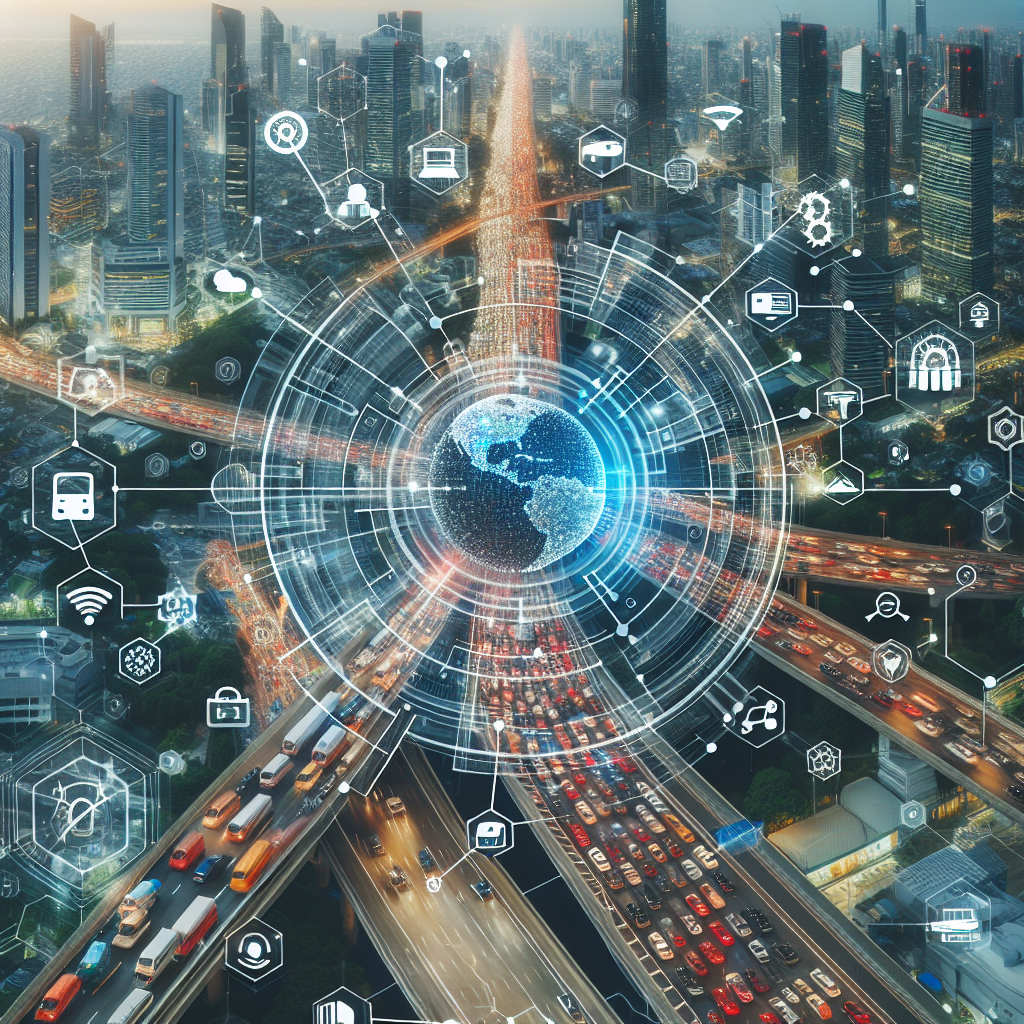Artificial Intelligence (AI) is revolutionizing the transportation industry by enhancing safety and efficiency across various modes of transportation. From self-driving cars and trucks to traffic management systems and predictive maintenance of vehicles, AI deployment is reshaping the way we think about transportation. In this article, we will explore the various ways in which AI is being used in transportation and how it is improving safety and efficiency.
AI in Self-Driving Vehicles
One of the most prominent applications of AI in transportation is in self-driving vehicles. Companies like Tesla, Waymo, and Uber are investing heavily in developing autonomous vehicles that can navigate roads without human intervention. AI algorithms are used to interpret sensor data from cameras, radars, and lidar to make real-time decisions about steering, braking, and acceleration.
By using AI, self-driving vehicles can react faster to changing road conditions and make more accurate decisions than human drivers. This technology has the potential to reduce accidents caused by human error, such as distracted driving, speeding, and drunk driving. In addition, self-driving vehicles can increase the efficiency of transportation networks by reducing congestion and improving traffic flow.
AI in Traffic Management Systems
AI is also being used to optimize traffic management systems in cities. By analyzing real-time data from sensors, cameras, and GPS devices, AI algorithms can predict traffic patterns, detect congestion, and adjust traffic signals to improve the flow of traffic. This can help reduce travel times, lower fuel consumption, and minimize emissions.
Furthermore, AI can be used to develop dynamic routing algorithms that can guide drivers to the fastest and most efficient route based on current traffic conditions. This can help reduce congestion on major roadways and distribute traffic more evenly across the transportation network.
AI in Predictive Maintenance
Another important application of AI in transportation is in predictive maintenance of vehicles. By analyzing data from sensors and onboard diagnostics systems, AI algorithms can predict when a vehicle is likely to experience a mechanical failure and alert the driver or maintenance team to take preventative action. This can help reduce downtime, improve safety, and lower maintenance costs for fleet operators.
In addition, AI can be used to optimize maintenance schedules based on the actual condition of individual vehicles, rather than relying on fixed time intervals or mileage thresholds. This can help extend the lifespan of vehicles and reduce the overall cost of ownership.
FAQs
Q: How does AI improve safety in transportation?
A: AI improves safety in transportation by reducing accidents caused by human error, such as distracted driving, speeding, and drunk driving. Self-driving vehicles equipped with AI algorithms can react faster to changing road conditions and make more accurate decisions than human drivers. AI can also optimize traffic management systems to reduce congestion and improve traffic flow, which can help prevent accidents.
Q: What are the challenges of deploying AI in transportation?
A: Deploying AI in transportation comes with several challenges, including regulatory hurdles, public acceptance, data privacy concerns, and technical limitations. Self-driving vehicles, for example, must comply with strict safety regulations and face skepticism from the public about their reliability. In addition, collecting and analyzing vast amounts of data in real-time can strain existing infrastructure and require significant computational resources.
Q: How can AI improve efficiency in transportation?
A: AI can improve efficiency in transportation by optimizing traffic management systems, developing dynamic routing algorithms, and predicting maintenance needs of vehicles. By analyzing real-time data from sensors and GPS devices, AI algorithms can predict traffic patterns, detect congestion, and adjust traffic signals to improve the flow of traffic. This can help reduce travel times, lower fuel consumption, and minimize emissions.
In conclusion, AI deployment in transportation is enhancing safety and efficiency across various modes of transportation. From self-driving vehicles to traffic management systems and predictive maintenance of vehicles, AI is reshaping the way we think about transportation. By leveraging the power of AI algorithms, transportation companies and governments can improve the safety of passengers, reduce congestion on roadways, and lower the environmental impact of transportation systems. As this technology continues to evolve, we can expect to see even greater advancements in the transportation industry in the years to come.

